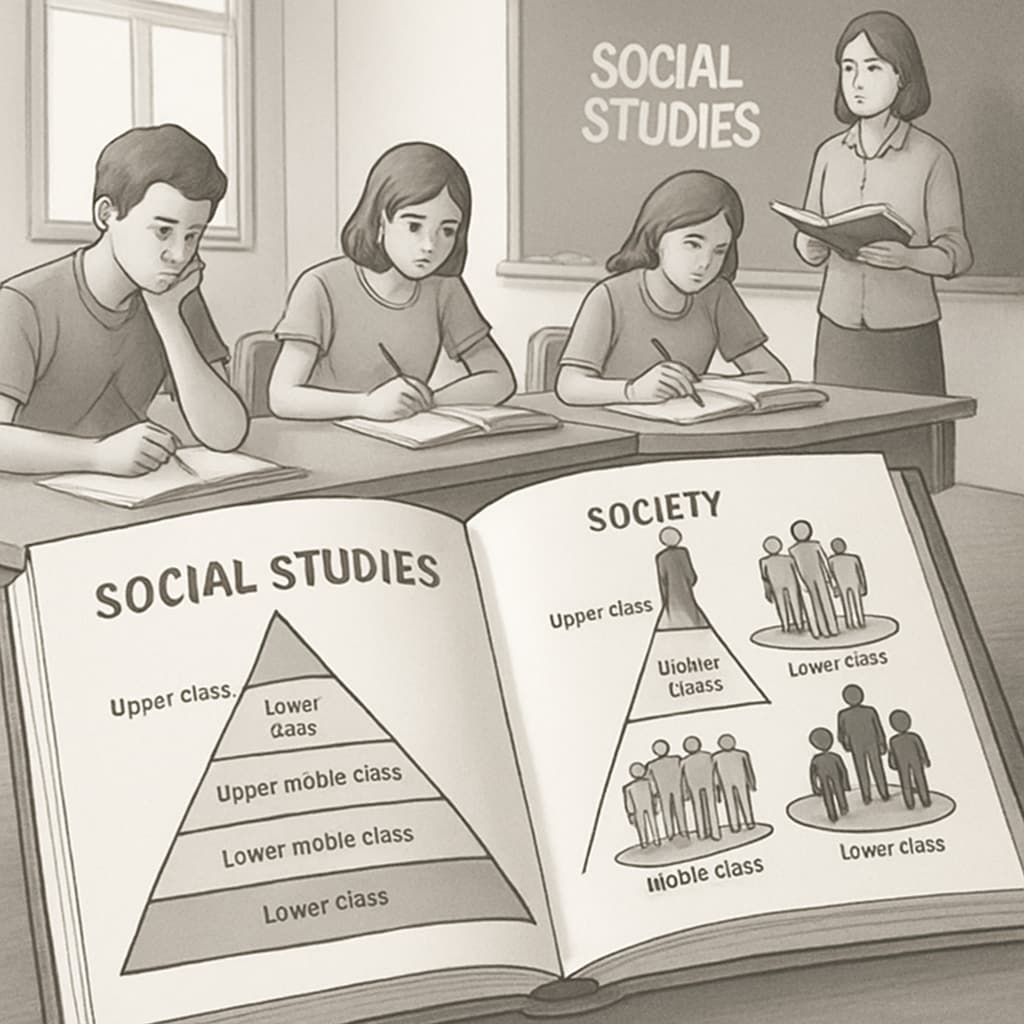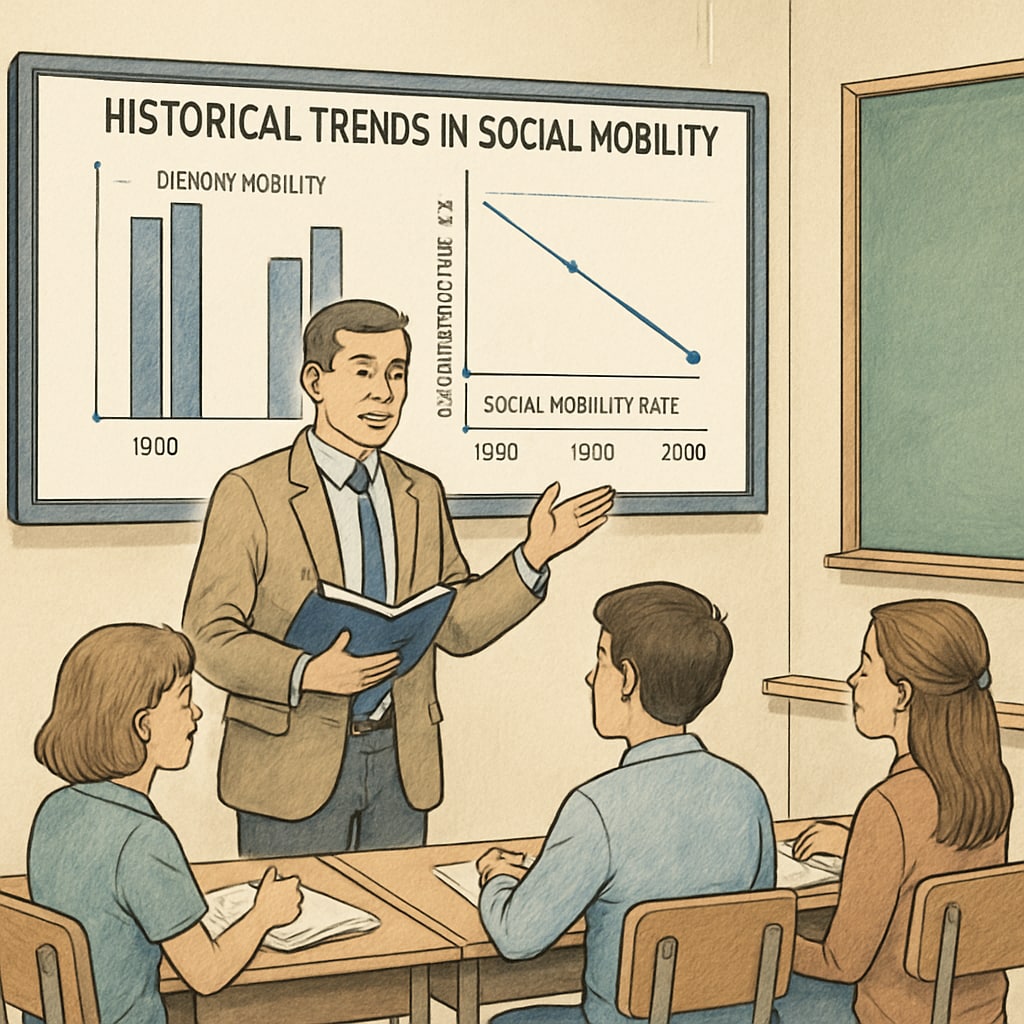In K12 education, social studies play a crucial role in shaping students’ understanding of societal structures, including the class system. However, the way class structures are often presented can oversimplify complex realities, misleading students about the true nature of social mobility. By examining the shortcomings of current curricula, we uncover how these misrepresentations may limit critical thinking and perpetuate misconceptions. Education should inspire students to question and explore, yet when it comes to class systems, the narrative can be dangerously reductive.
The Problem with Oversimplifying Class Systems
Many social studies textbooks and lessons reduce the concept of class to rigid categories—such as lower, middle, and upper class—often neglecting the nuances that define socioeconomic conditions. For example, systemic barriers like unequal access to education, healthcare, or job opportunities are frequently glossed over. As a result, students may develop an overly optimistic view of upward mobility, believing that individual effort alone determines success.
In reality, social mobility is influenced by a combination of factors, including inherited wealth, social networks, and institutional policies. Ignoring these dynamics risks giving students a skewed perspective, which can lead to a lack of empathy for those in less privileged positions or unrealistic expectations for their own futures.

Encouraging Critical Thinking in Social Studies
To address these shortcomings, educators must prioritize critical thinking over rote memorization. Students should be encouraged to question the factors that influence societal structures and to challenge the narratives they encounter. For instance, case studies or real-world examples can provide a more comprehensive view of how class mobility operates—or fails to operate—in various contexts.
Additionally, teachers can introduce primary and secondary sources that present diverse perspectives. By analyzing historical and contemporary data, students can better understand the systemic nature of inequality and the role of policy in shaping opportunities. This approach not only deepens their knowledge but also equips them with the tools to engage thoughtfully with societal issues.

The Role of Balanced Education in Shaping Perceptions
Balanced education is essential for fostering informed and empathetic citizens. When discussing class systems, it is important to present both the possibilities and the limitations of social mobility. For example, while entrepreneurship or higher education can indeed open doors, systemic factors such as racial discrimination or economic recessions cannot be ignored.
Furthermore, integrating interdisciplinary approaches—such as combining sociology, history, and economics—can provide students with a richer understanding of class structures. By emphasizing the interconnectedness of these fields, educators can help demystify the complexities of social hierarchies.
Ultimately, the goal is not to discourage students but to empower them with a realistic, nuanced understanding of the world. This balance allows them to navigate societal challenges more effectively and to advocate for meaningful change where needed.
Conclusion: Reimagining Social Studies Curricula
Social studies education carries the responsibility of preparing students to engage critically with the world around them. By rethinking how class systems are taught, educators can correct misconceptions and inspire a deeper understanding of societal dynamics. This shift requires effort, but it is a necessary step toward creating a more equitable and informed society.
As we move forward, let us ensure that social studies do not merely reinforce stereotypes or oversimplified narratives. Instead, let them serve as a platform for critical inquiry and meaningful dialogue. Only then can we truly prepare students to navigate—and improve—the world they inherit.
Readability guidance: Short paragraphs, clear transitions, and accessible language ensure the content is engaging and easy to follow. Visual aids and real-world examples enhance comprehension and relevance.


